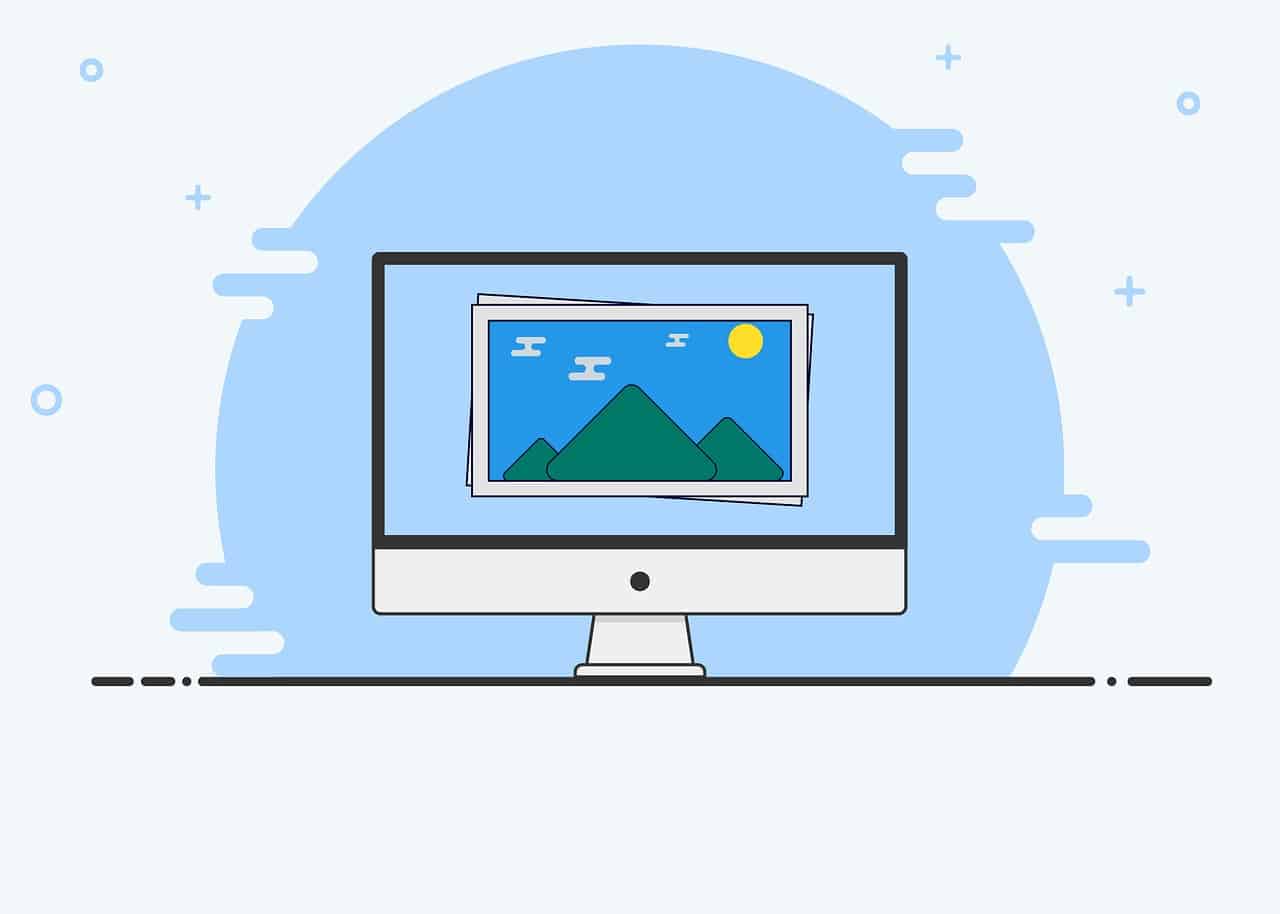Whether you want to add another post or page to your website, you should consider these on page SEO tips when creating your content.
This article will discuss on-page SEO, its importance, and how you can start implementing it on your website.
Table of Contents
Why Focus on On Page SEO?
On-page SEO involves optimizing a web page to help search engines understand your content and rank higher in search engine results.
Doing so increases relevance to help search engines recommend your content and keep readers engaged.
On Page SEO Elements
On Page SEO focuses on the content and the page structure to appropriate signal to search engine results pages (SERPs).
Title
This is the main element that appears on the SERPs. Make your title scannable so people can quickly find what they want.
Be descriptive and accurate. Have your keyword close to the beginning or as it makes sense. Add secondary and tertiary keywords as it makes sense. Don’t keyword stuff here. The title needs to be read smoothly.
Description
You can either create your excerpt or set a description inside the Yoast plugin. If you don’t do either of these things, the text will still automatically pull from your article, but you want to rewrite it so it has the keyword and a call to action. Dust off those copywriting skills.
Compel passersby to choose you. The clickthrough rate indicates to Google that your article is what people are looking for.
URL
Make sure permalinks are set to use the title (Post Link setting in the dashboard). Yoast has a setting by default to use | or – to add the website name to trail the title. Verify your keyword is in the descriptive, human-friendly URL.
Headings
Use H1 through H4 if you can. Most premium themes automatically use H1 tags for the post title. Only have 1 H1 tag, you can have as many H2 – H4 tags as you want.
The H1 tag, according to Google, is the most important set of words in an article. This goes back to the importance of having a good title. You just need to know.
The subtext in 200+ words per H tag is good. It is important to break up your content to make it as easy to read as possible.
Images
Add 2 to 4 images per post to start. Images make your post more visually appealing and easier to read.
Alt text needs to have the keyword in it as well. Be descriptive and accurate of what the image is. The image file name needs to have the keyword in it as well.
Article Content
Make content so good that people share it or find a way to link back to it. Avoid purchasing listings to link farms or link for link schemes. This behavior is extremely risky and may get your website deindexed.
Text
The first important thing is to organize your content so that it’s easier for your future readers to skim. Use headings, as mentioned previously. This also helps Google crawl your website.
Having your keyword throughout your post is important, but don’t overdo it. Focus on delivering good content that makes Google want to link to you. Write in a “you” voice instead of an “I” voice.
Naturally, use variations of your keyword and any immediate questions your reader might have. Feel free to bold or italicize, but don’t go too crazy here.
Links
Link to relevant articles on your blog and outside sources.
Internal links allow your website to be crawled by search engines more easily and provide a more seamless experience to your readers.
External links help show your content’s relevance and trustworthiness.
Make sure your anchor text properly describes what can be expected by clicking the link.
Videos
Embed videos where possible. It doesn’t have to be your own video, although embedding your own videos is awesome. This helps show Google you know what you’re talking about.
Use videos from people who match your keyword. To help set the stage, separate multiple videos with 150 to 400 words.
Social Media – Beyond On Page SEO Tips
Leverage the assets you own to link back to your blog posts. Think of:
- X (Twitter) – Share content, links, and more. Stay up-to-date with news and trends.
- Facebook (Meta) – look into a Facebook Page for your business. You can also look into Facebook Ads to appear in front of a wider audience.
- Instagram – Use high-quality pictures and videos. Don’t forget to use hashtags! This is for discoverability. Instagram Stories can be useful for upcoming sneak peeks, behind-the-scenes content, or other narrative-driven content.
- YouTube – For your own videos, use your keyword as a filename. Include the name and URL in the video’s intro. Include keywords in the video title and the beginning and end of the description. For more information on starting on YouTube, head over to that post.
- Pinterest – Embed your pins or use a pin it plugin for Pinterest. Image with Pinterest can create a backlink to your website and provide lots of traffic.
- Quora (or even Yahoo Answers)
- LinkedIn (or even their SlideShare platform)

